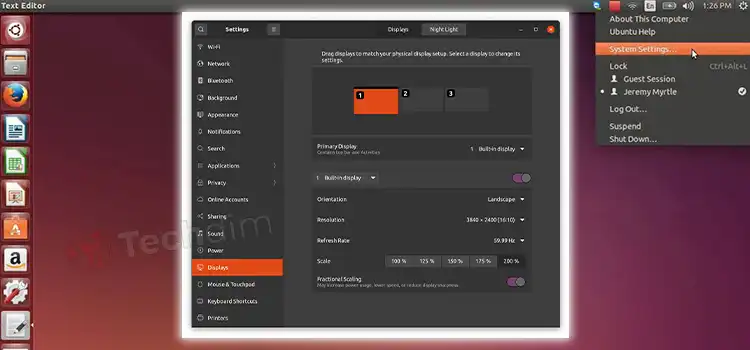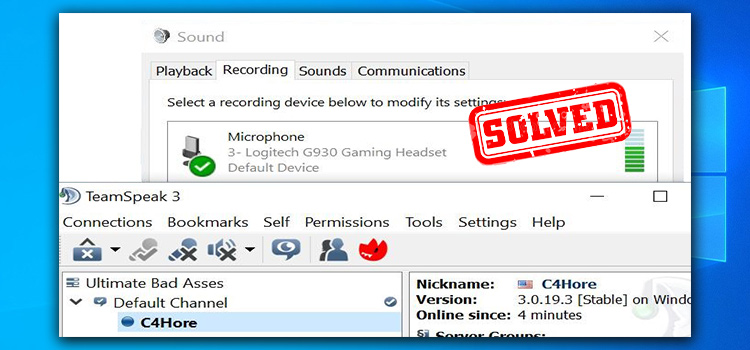Top 5 Mobile App Development Mistakes to Avoid
With millions of apps out there already, and hundreds of new apps released daily, the mobile app development landscape is extremely competitive. New companies joining the market today need an excellent idea, the best startup mobile app developers, and the right circumstances to break through.
We cannot help you with the latter one, or with an app idea. But as experts in mobile app development outsourcing, we will share the top five mistakes in the development process that stop many excellent projects from becoming the next unicorns.

What Mistakes to Avoid for Mobile App Development
Let’s see what to avoid to develop your mobile app development.
1. Skipping Research
Pre-development research is the absolute key to successful mobile app development. All popular services that we know and use today were created only after thorough market research was conducted.
Sometimes a small business decides that it can’t afford proper research and skip it altogether. However, research does not have to include several team members and costly questionnaires. With enough patience and enthusiasm, a lot can be found online by simply googling the topics you are interested in.
Researching can also mean going to the App Store or Google Play, finding your competitors there and reading customer reviews, noting what people complain about and what they are happy with.
The research will tell you:
- If there are similar solutions on the market already.
- Who your competition is and what they are doing.
- How you can differentiate yourself from everyone else.
- Who your target audience is, what they like, and how they behave.
- General market condition and economic prospects.
Any cost associated with slowing down and conducting research prior to development will be considerably lower than the cost of delivering a solution people are actually not interested in.
2. Not Validating the Idea
All ideas sound great on paper. Yet, app stores are full of applications that barely get any exposure and are not used by the few people who do download them.
In order to survive and thrive in such a hostile environment, mobile apps have to be great. And to be great, one must validate its idea and run multiple tests with users and potential clients. Initiating mobile app development without a verified idea is very brave but also costly. And the price of such an experiment, a lot of the time, is a failure.
There are three key ways to validate your mobile app idea:
- Proof-of-concept (POC). If your idea is revolutionary and there is no one doing a similar thing on the market, you need to verify that the vision can be brought to life at all. Sometimes, certain mobile apps don’t exist because nobody thought of them, but because they ran tests and found that it’s not viable.
- Prototyping. While POC is normally focused on the technical side, prototyping pays attention to design as well. There are many tools out there, such as Figma, that can help you create a prototype of any type you require in a matter of hours.
- Minimal viable product (MVP). An MVP is the barest version of the mobile app with only core functionality. MVP takes the most resources to create out of the three options, but it is most valuable in terms of feedback that you can get by sharing it with users.
It’s not necessary to use all three idea validation methods, but it is critical that at least one of them is utilized before the actual development starts. Every user test we do results in insight and creative ideas that we wouldn’t have thought about otherwise. And it also helps avoid detrimental mistakes in terms of UI, features, a platform of choice, and even built-in payment methods.
3. Lack of a Clear Roadmap
The mobile app roadmap is a strategic plan that specifies your initial idea, the end goal, key milestones, and steps your team needs to make in order to deliver the best mobile app.
Moreover, roadmaps include the following information:
- Which technology is used for development?
- List of features that will be developed.
- Who is developing what?
- Development deadlines.
The roadmap can be outlined in the usual document or logged in a project management software. Its key goal is to be the guideline that the entire team and shareholders follow, so it needs to be detailed, precise, and align with the company’s strategy.
Without a roadmap, mobile app development turns out to be a nightmare – nobody knows what is expected at the end and how to get there. There is no structured action plan, so tasks take longer and results are dissatisfactory. At Emphasoft, we often start working with clients who have been developing their mobile app for a while, but, because they didn’t have a roadmap, they weren’t moving as fast as they wanted or getting the results they expected. Such projects often go over the budget and miss their deadlines.
Tip: Roadmaps should only be created once research and idea validation stages are done. Otherwise, you won’t be able to clearly define your goal and the features that have to be built.
4. Insufficient Cross-Device Tests
Everyone involved in the full-cycle development of mobile apps more or less understands the importance of cross-platform tests.
Cross-device tests, however, are often perceived as a far less important QA phase. This couldn’t be further from the thrush though. Android alone is used on hundreds, if not thousands of different devices and the number is constantly growing. All these devices come with their own screen sizes and types, and different processors that will not have the same performance across the board. And even iOS has a lot of devices if you consider older versions that many users still hold on to.
Without extensive cross-device tests, users will not get a seamless experience and will complain. Or worse – they will simply uninstall the app and never use it again, with developers not even realizing that there is an issue, wondering why app store ratings are falling.
Tip: There are many types of QA testing, such as speed, usability, and interruption testing. Each type of test uncovers unique bugs and issues, so they should all be performed on top of cross-device testing. If you do not have the capacity to run all tests thoroughly, outsource this task to an experienced agency that will take care of this vital task and provide you with a detailed report on the results.
5. Building Apps on one Platform Only
Here, we do not mean situations where startups are releasing an app on one platform first because of budget constraints but plan to roll it out on other platforms later.
Instead, we refer to a conscious decision to stick to one platform, for example, iOS, because the company perceives that their target audience is only using Apple solutions or only iOS users have certain purchasing power.
With some exceptions, the majority of businesses have their target audience spread across all mobile operating systems. It is lucrative to provide your mobile app to everyone, especially considering that you can’t be 100% certain who your buyers will be, even with lots of research and great marketing planning. So why would you willingly cut off a portion of your potential market?
Huawei, for example, sold over 32 million smartphones just in one quarter of 2020. This represents a huge pool of prospects who would be inaccessible to a company that doesn’t build mobile apps compatible with HarmonyOS.
Bonus Mobile App Development Mistakes
Besides the five top mistakes that we talked about today, there are more errors that companies make that can jeopardize the whole process.
- Not understanding the user flow within the app. Users rarely do what we think or want them to do, especially when we assume, but don’t test.
- Not optimizing images. If your mobile app includes images, they can slow down the loading process unless optimized. Users are unwilling to wait, so all images have to be reduced in size to be loaded on the mobile device instantly.
- Unpolished UI. People won’t use your app if the interface is flawed. With so many options out there, users are brutal and unwilling to accept any inconvenience, so the UX/UI development part of the project has to be worked through meticulously.
Final Thoughts
Mobile app development comes with many risks and potential complications, but it’s almost always worth it for the business to have an app that its users can utilize. Watching out for the mistakes that we’ve shared today will make development easier and increase the chances of creating a popular app.
And if a startup or an established business feels like there is not enough internal expertise to deliver a powerful mobile app, the best route would be to outsource a team that knows the process in and out and has all the right mobile app development tools to build software faster and better. After all, there is only one chance of making a first impression with your company’s mobile app.
Subscribe to our newsletter
& plug into
the world of technology





